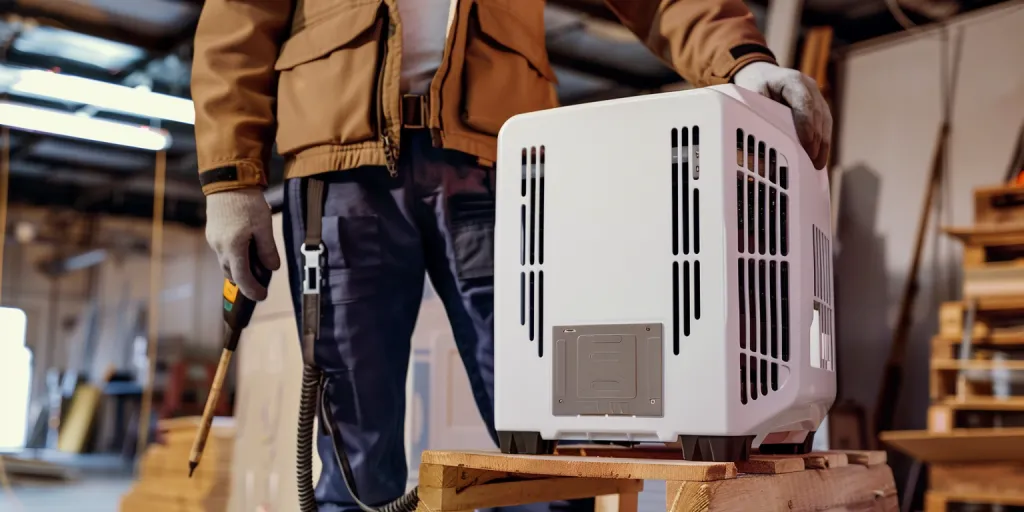Humidity can be a silent problem in many homes, leading to discomfort, mold growth, and poor air quality. A whole house dehumidifier offers a seamless solution to control humidity levels, ensuring a comfortable and healthy living environment. This detailed guide explores everything you need to know about these systems, from how they work to the top models on the market.
Table of Contents:
– What is a whole house dehumidifier?
– How do whole house dehumidifiers work?
– How to use a whole house dehumidifier
– How much does a whole house dehumidifier cost?
– Top whole house dehumidifiers
What is a whole house dehumidifier?
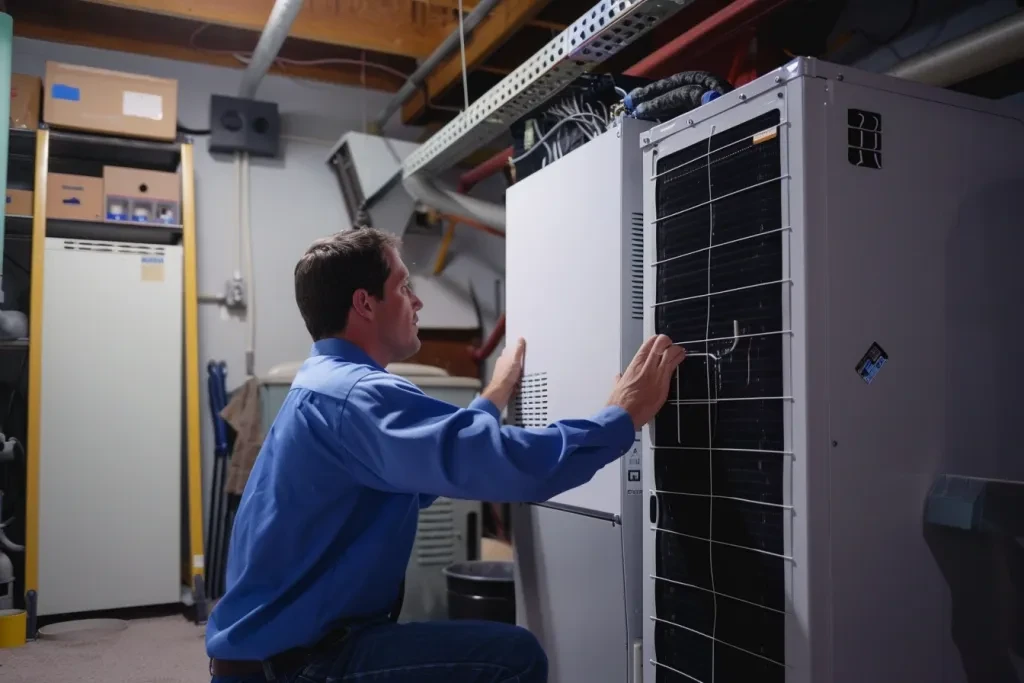
A whole house dehumidifier is an integrated solution designed to remove excess moisture from the air throughout your entire home. Unlike portable units that are effective in single rooms, these systems work in conjunction with your existing HVAC system to ensure consistent humidity levels in every corner of your house. They are particularly beneficial in areas prone to high humidity or for individuals with allergies or respiratory issues, as they help maintain an optimal indoor air quality.
These systems are installed directly into your home’s heating and cooling system, pulling air through the return ducts, removing moisture, and then circulating dry air back into the house. This process not only prevents mold and mildew growth but also makes your living space more comfortable by eliminating that sticky, damp feeling often associated with high humidity levels.
The benefits of installing a whole house dehumidifier extend beyond comfort and health. By maintaining optimal humidity levels, these systems can also protect the structural integrity of your home and prolong the lifespan of your furniture, electronics, and other belongings by preventing moisture damage.
How do whole house dehumidifiers work?
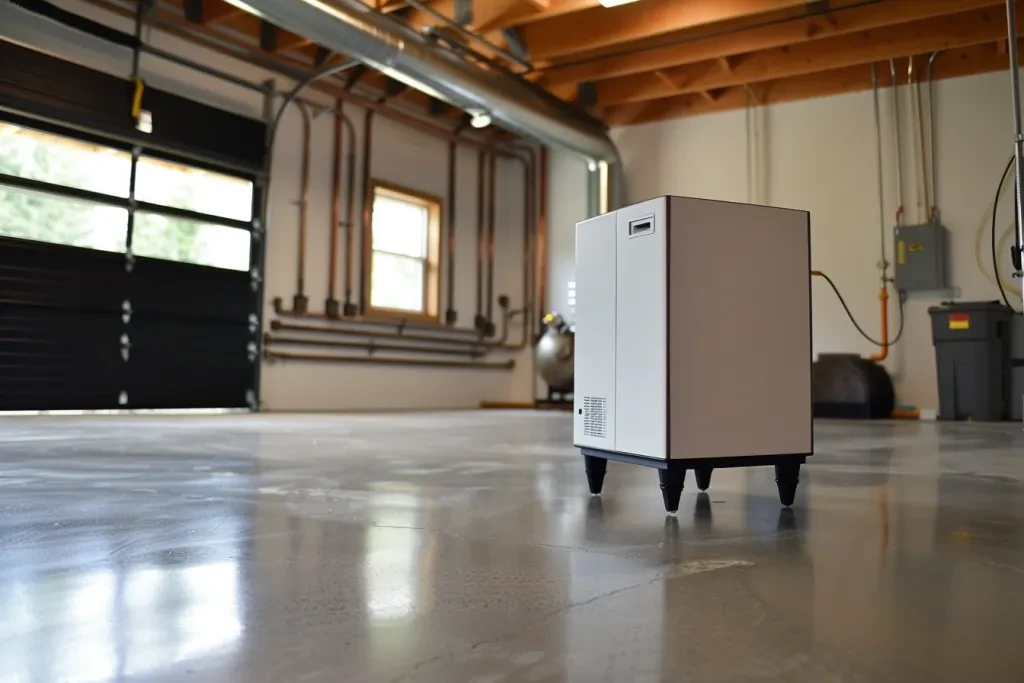
Whole house dehumidifiers operate on a simple yet effective principle. Air is drawn into the unit through the return ductwork of your HVAC system. As the air passes through, it encounters a cold coil within the dehumidifier, which causes the moisture in the air to condense into water droplets. These droplets are then collected in a drain pan and expelled from the system, usually through a drain line that leads outside or into a sump pump.
The dry air is then passed over a warm coil before being redistributed throughout your home via the HVAC system’s ductwork. This process not only reduces humidity levels but also slightly increases the air temperature, making the environment more comfortable. Some models come equipped with a built-in humidistat, allowing you to set and maintain your desired humidity level automatically, ensuring your home stays comfortable year-round without constant adjustments.
It’s important to note that the efficiency of a whole house dehumidifier is measured in pints of moisture removed per day. The capacity you’ll need depends on several factors, including the size of your home, the average humidity levels in your area, and your personal comfort preferences. Professional installation is recommended to ensure the system is properly integrated with your existing HVAC setup.
How to use a whole house dehumidifier
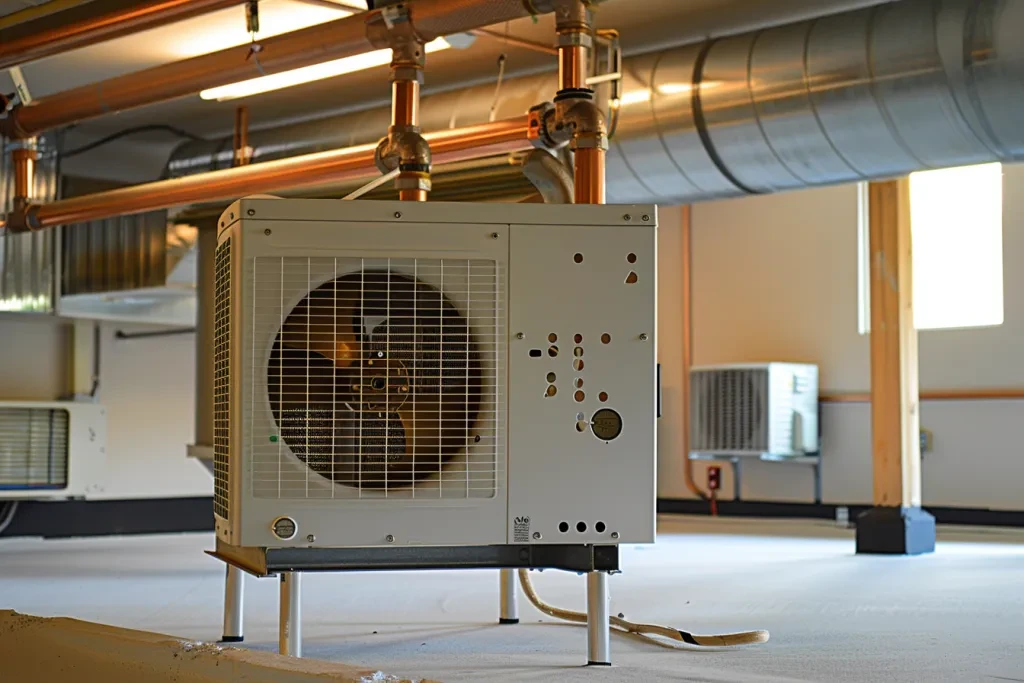
Using a whole house dehumidifier is relatively straightforward once the system is installed. The key is to set the desired humidity level for your home, which most experts recommend keeping between 30% and 50% to prevent mold growth and ensure comfort. Many models feature digital controls that allow you to easily adjust this setting and monitor the current humidity level in your home.
Regular maintenance is crucial to keep your dehumidifier running efficiently. This typically involves cleaning or replacing the air filter, checking the condensate drain for blockages, and ensuring the coils are free from dust and debris. These tasks can often be done by the homeowner, but annual check-ups by a professional are also a good idea to address any potential issues before they become problems.
Another aspect of using a whole house dehumidifier effectively is understanding when and how to adjust the settings. For instance, during periods of extremely high humidity, you may need to lower the humidity setting to maintain comfort, while in drier conditions, a higher setting might be more appropriate. The goal is to find a balance that keeps your home comfortable without running the system more than necessary, thereby saving energy and reducing wear on the unit.
How much does a whole house dehumidifier cost?

The cost of a whole house dehumidifier can vary widely depending on the unit’s capacity, features, and the complexity of the installation. On average, homeowners can expect to spend between $1,000 and $2,500 for the unit itself, with installation costs adding another $500 to $1,000. High-end models with advanced features such as energy recovery ventilation or integrated air filtration can cost even more.
It’s also important to consider the ongoing costs associated with operating a whole house dehumidifier. While these systems are designed to be energy-efficient, they do add to your home’s overall energy consumption. The exact impact on your utility bills will depend on the unit’s efficiency, how often it runs, and your local energy rates. However, many homeowners find that the benefits in terms of comfort, health, and protection of their home and belongings justify the expense.
When evaluating the cost of a whole house dehumidifier, it’s also worth considering potential savings from reduced air conditioning use. By removing excess moisture from the air, these systems can make your home feel cooler at higher temperatures, allowing you to set your thermostat higher and reduce your cooling costs during the summer months.
Top whole house dehumidifiers
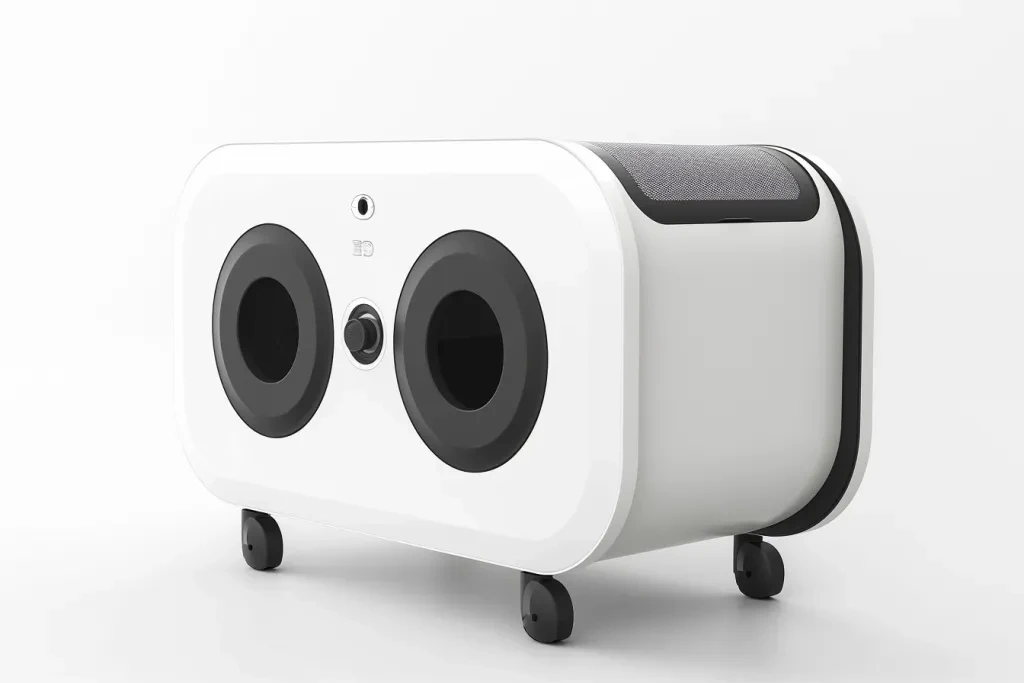
When it comes to choosing a whole house dehumidifier, there are several top models that stand out for their performance, efficiency, and features. The Aprilaire 1850 is a popular choice, known for its high capacity and energy efficiency. It can remove up to 95 pints of moisture per day and is designed for homes up to 5,200 square feet.
Another excellent option is the Honeywell DR90A2000, which offers a slightly lower capacity but includes advanced features like automatic humidity sensing and control. It’s a great choice for smaller homes or those with moderate humidity issues.
For those looking for the latest technology, the Ultra-Aire XT155H is a high-capacity, energy-efficient model that also includes optional fresh air ventilation, making it ideal for creating a healthier indoor environment. It’s capable of removing up to 155 pints of moisture per day, making it suitable for very large homes or particularly humid climates.
Conclusion
A whole house dehumidifier is an effective and efficient way to control humidity levels throughout your home, offering benefits for your comfort, health, and the longevity of your belongings. By understanding how these systems work, how to use them properly, and what costs to expect, you can make an informed decision about whether a whole house dehumidifier is right for your home. With the right model and proper maintenance, you can enjoy a more comfortable and healthier living environment for years to come.
